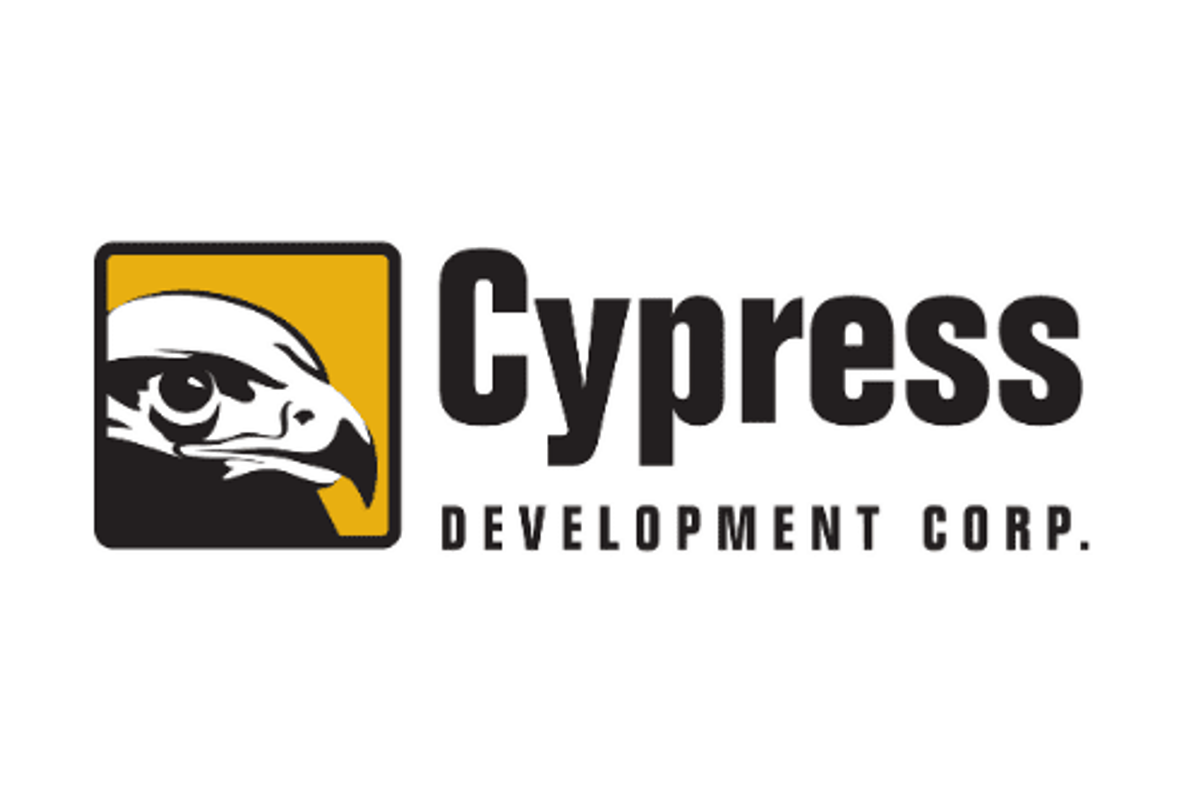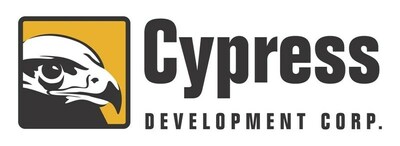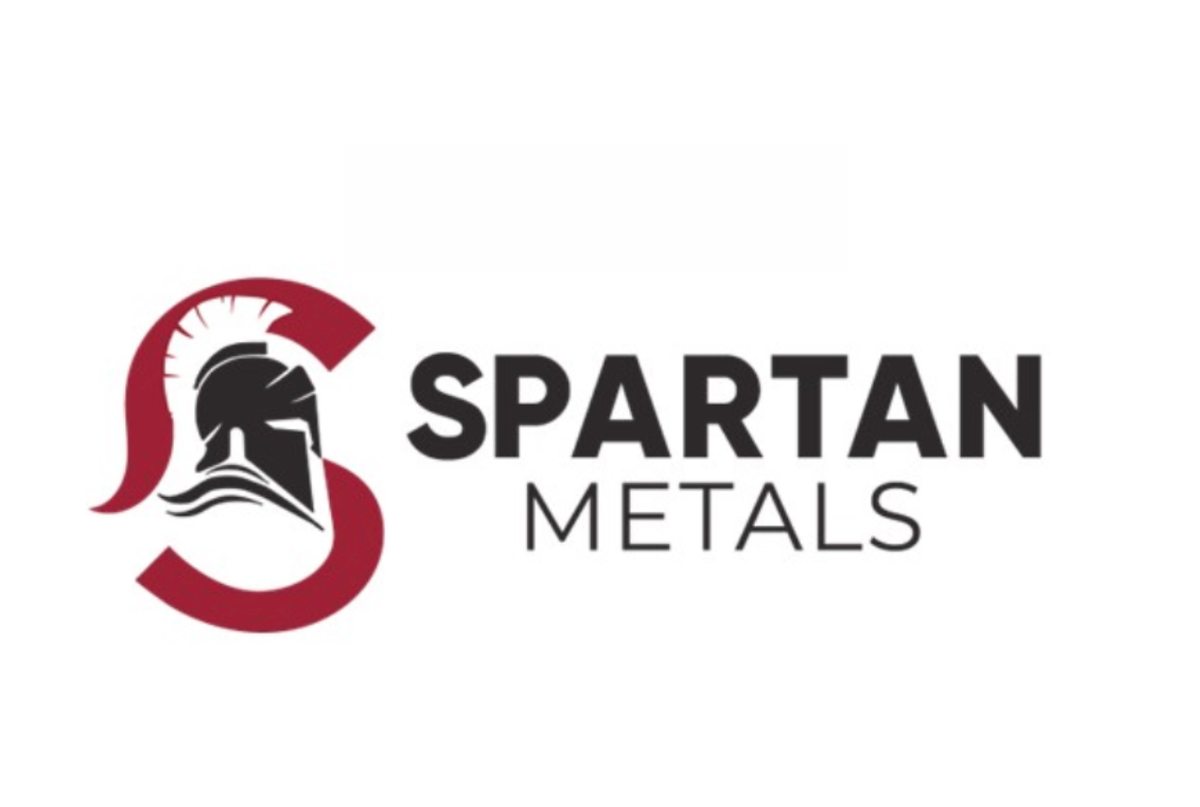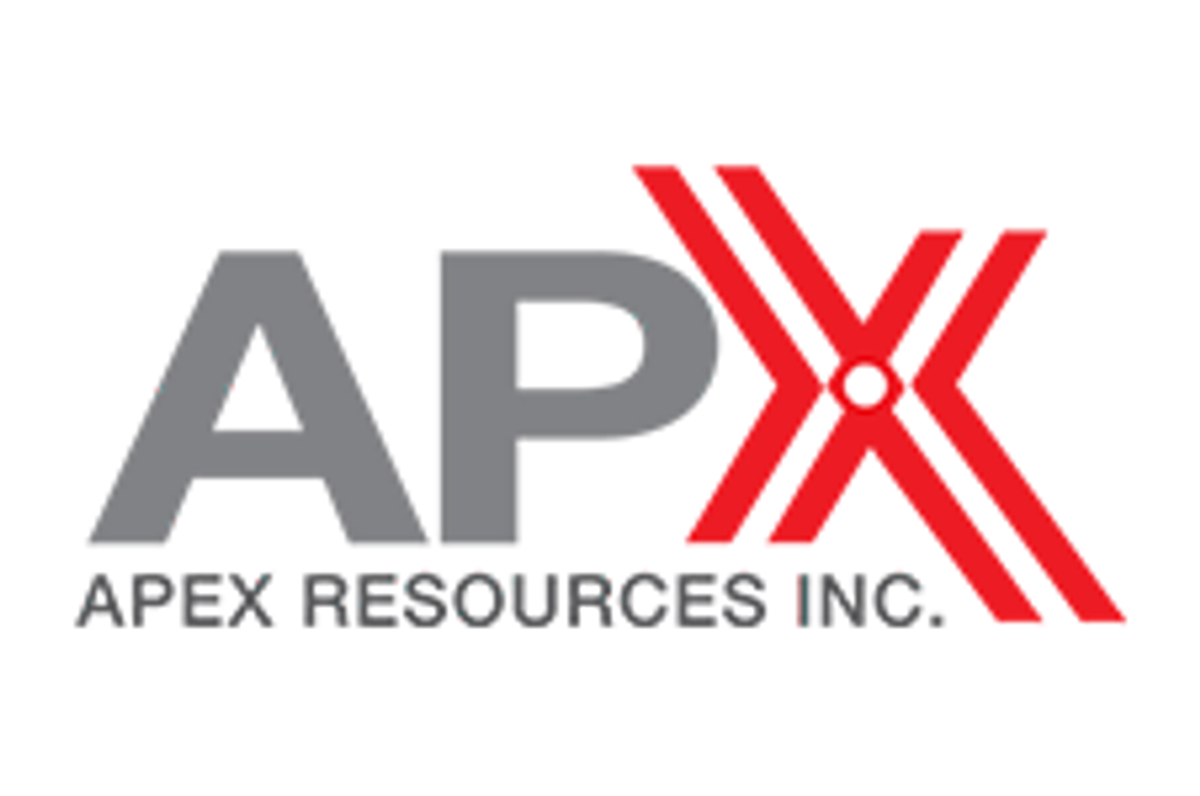
Cypress Development Corp. (TSXV: CYP) (OTCQX: CYDVF) (Frankfurt: C1Z1) ("Cypress" or "the Company") is pleased to announce that further to its news release dated January 24, 2023 the TSX Venture Exchange (the "TSXV") has approved the Company's name change from Cypress Development Corp. to Century Lithium Corp. The Company will also change its trading symbol from 'CYP' to ' LCE ' on the TSXV. The effective date on which the Company will begin trading under the new name and symbol is January 30, 2023 . The CUSIP number is 156615106.
The transfer agent of the Company continues to be Computershare Investor Services Inc. There is no change in the capitalization of the Company in connection with the change of name and trading symbol and no action is required by existing shareholders with respect to this matter. Shareholders holding share certificates of the Company can request a replacement certificate, however new certificates are not required and will not be automatically issued.
About Cypress Development Corp
Cypress Development Corp. is a Canadian based advanced stage lithium company, focused on developing its 100%-owned Clayton Valley Lithium Project in Nevada, USA . Cypress is in the pilot stage of testing on material from its lithium-bearing claystone deposit and progressing towards completing a Feasibility Study and permitting, with the goal of becoming a domestic producer of lithium for the growing electric vehicle and battery storage market.
ON BEHALF OF Cypress Development Corp.
WILLIAM WILLOUGHBY , PhD., PE
President & Chief Executive Officer
www.cypressdevelopmentcorp.com
NEITHER THE TSX VENTURE EXCHANGE NOR ITS REGULATION SERVICES PROVIDER ACCEPTS RESPONSIBILITY FOR THE ADEQUACY OR ACCURACY OF THE CONTENT OF THIS NEWS RELEASE.
![]() View original content to download multimedia: https://www.prnewswire.com/news-releases/cypress-development-changes-name-to-century-lithium-corp-and-new-ticker-symbol-lce-effective-january-30-2023-301731430.html
View original content to download multimedia: https://www.prnewswire.com/news-releases/cypress-development-changes-name-to-century-lithium-corp-and-new-ticker-symbol-lce-effective-january-30-2023-301731430.html
SOURCE Cypress Development Corp.

![]() View original content to download multimedia: https://www.newswire.ca/en/releases/archive/January2023/26/c0306.html
View original content to download multimedia: https://www.newswire.ca/en/releases/archive/January2023/26/c0306.html





